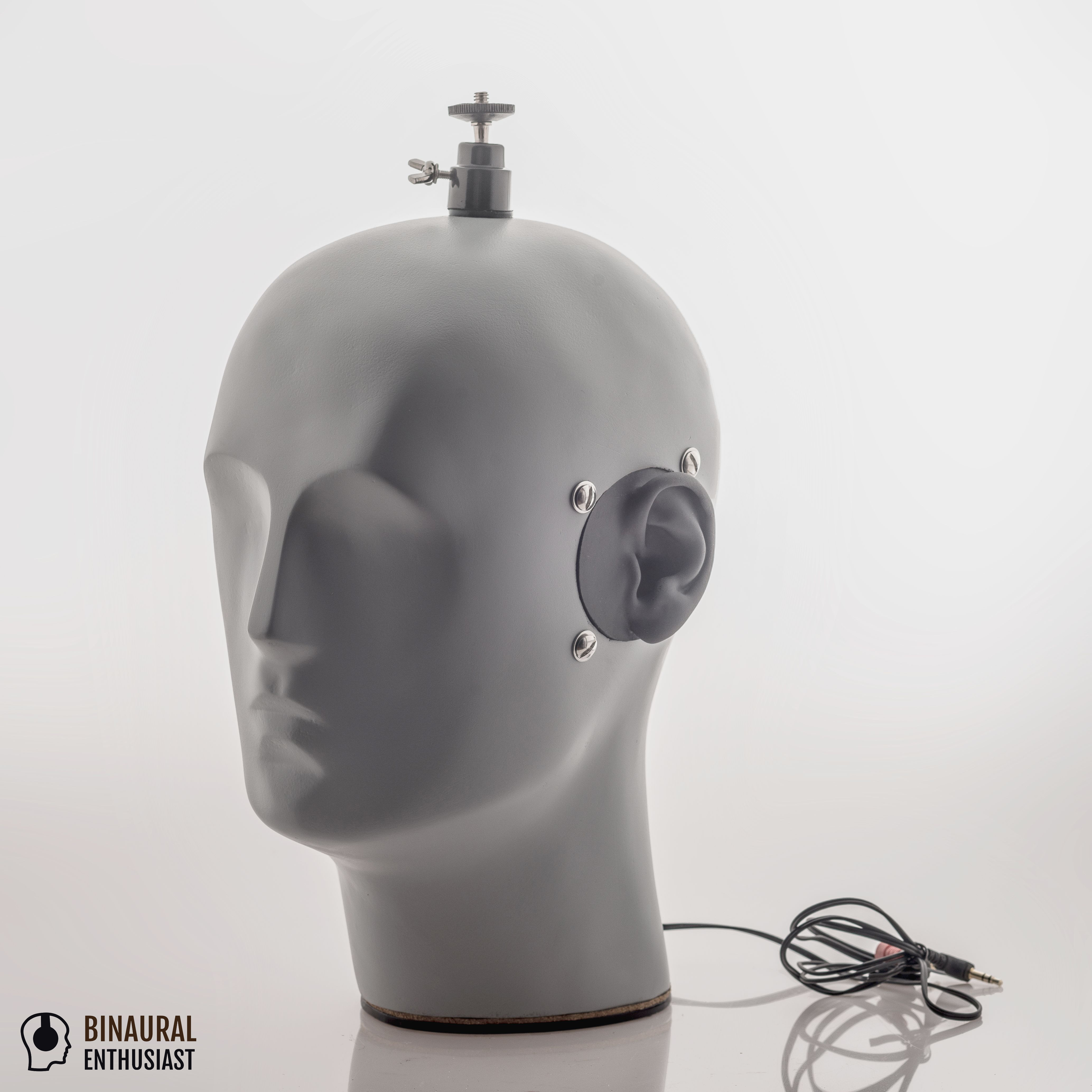
The Bruel & Kjaer HATS system.Danish measurement experts Bruel & Kjaer take the idea even further with their HATS (Head And Torso Simulation) range. Inside each of his ears lies an omnidirectional microphone, and the idea is that, by using a head with attributes that lie in the middle of the range of humans’ (ear height, inter‑ear distance, head density and so on), a recording made using the KU 100 should sound right on the widest range of listeners. The inscrutable chap you see at the top of the article is called the Neumann KU 100, and everything about him - his size, shape, ears and chiselled features - has been mathematically modelled to represent the average adult human head. There are two ways around this, the most established being the use of a ‘dummy head’. This means that the effectiveness of binaural recordings - how precisely we can locate sounds when listening to them - can vary from person to person. People’s outer ears are as unique as their fingerprints, and of course our heads all differ in shape and size. The combined acoustic effect of a person’s head on their hearing is called their Head Related Transfer Function, or HRTF, and everyone’s HRTF is different. (This acoustic shadowing phenomenon, incidentally, also forms the basis of the Jecklin disc, which is similar to a binaural recording setup except that it’s designed to be heard on speakers as well as headphones.) Being quite large, they also form ‘acoustic shadows’, occluding higher frequencies if the head prevents sounds from reaching either ear directly. Our skulls are relatively large resonant cavities, with more resonant cavities (sinuses, the oral cavity and so on) inside them. Our heads themselves also have a big effect on how we hear. This is one of the ways we can resolve the ambiguity about whether a sound is arriving from the front or rear, or above or below, even if that sound arrives at both of our ears at the same time. Our outer ears, or pinnae, ‘funnel’ sound into our ear canals, filtering it in complex ways as they do so, and that filtering changes depending on the angle at which sound arrives. One of the ways it does this is using those little radar dishes stuck to either side of our heads. If it arrives at the left mic or ear slightly earlier than the right, then we know the sound is coming from the left, and so on.īut the human hearing system is rather more advanced than a simple spaced stereo mic array, not least because it can resolve sounds in three dimensions, rather than just the 2D plane of stereo audio.

So, if a sound being picked up by a spaced array (or our ears) arrives at both mics (or eardrums) simultaneously, then we know it’s coming from directly in front of or behind us.

Now, unlike coincident mic arrays such as X‑Y or Mid‑Sides, in which sounds always arrive at the two mics at the same time, spaced arrays rely on the possibility of sound arriving at the two mics at different times in order to convey positional information. omnidirectional) microphones, and since we’ve got one on either side of our heads, our hearing is essentially the same as a spaced‑omni stereo mic array. Our eardrums work an awful lot like pressure‑operated (ie. All Earsīinaural recordings are stereo recordings that take advantage of the mechanics of human hearing. However, as headphones have become the dominant consumer listening medium, it’s more relevant now than ever.
BINAURAL SOUND FULL
It’s actually as old as the hills (some of the earliest experiments date back to the 19th Century!), but because binaural recordings need to be heard on headphones to get the full effect, it has had limited applications. Binaural recordings are an easy and effective way to capture immersive audio.īinaural audio is one of those techniques that the recording industry seems to rediscover every decade or two.


 0 kommentar(er)
0 kommentar(er)
